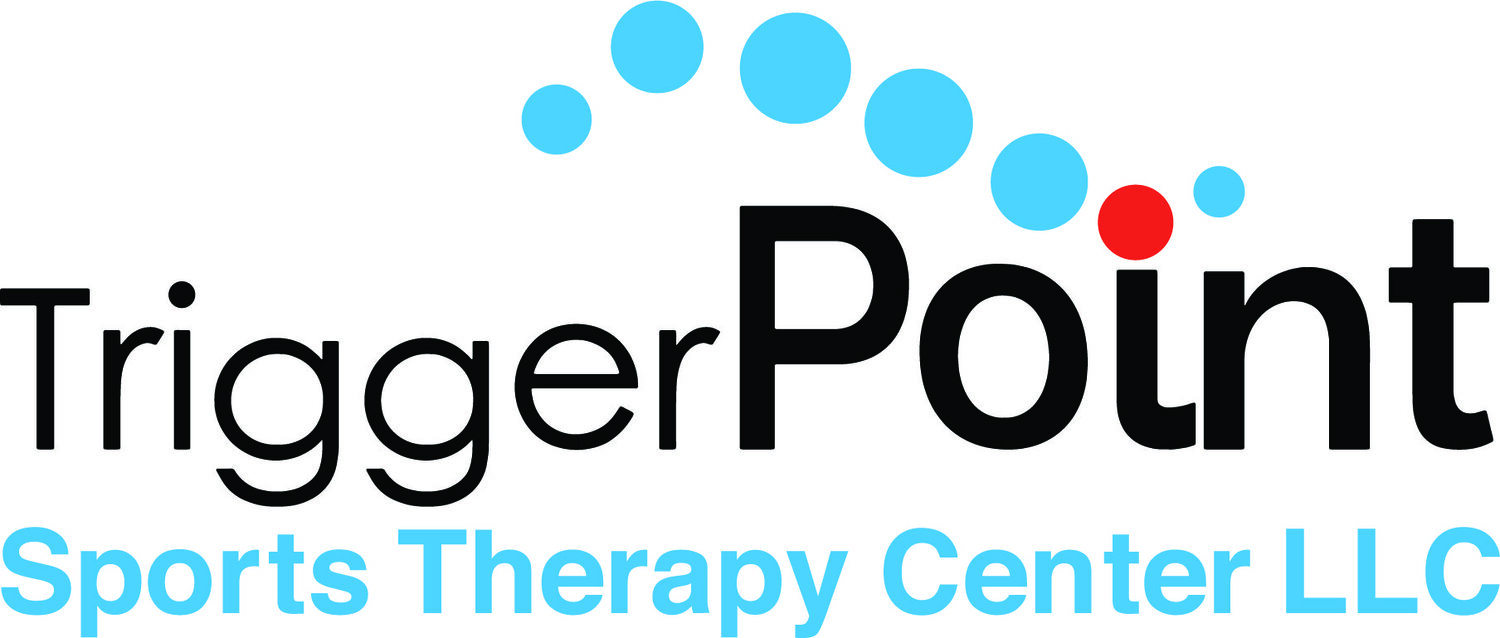What is a Trigger Point? And other Frequently Asked Questions
If you're an athlete - even just an office athlete - chances are you've encountered some sore or tight muscles from time to time. In order to treat these areas effectively and reduce the risk of long-term issues with your body, it's important to understand all of your treatment options. One such option is a trigger point treatment. But, what exactly is it? How do you know when it's necessary? And why should you choose this over other forms of massage therapy? With so many questions swimming around in your head, don't worry – we have the answers! Let’s dive into some frequently asked questions we get at Trigger Point Sports Therapy Center so you can improve your athletic performance.
What is a trigger point? And how does the trigger point affect the body?
-A trigger point is a hyperirritable taught band/ knott located in the belly of the muscle. Sometimes they can be near the tendon or ligament junction.
-A trigger point decreases blood, nerve, and oxygen flow. Not only to the tissue itself but to the brain as well. Furthermore, it decreases range of motion on the joint.
What are the twelve myofascial meridians?
-They Include the spiral line, the deep front line, the superficial back line, the superficial front line, the lateral line, the functional lines, and the superficial front and back arm lines. Just as there are twelve meridians in Asian medicine we now know that there are twelve myofascial meridians in Western anatomical principles.
What are the three phases of an injury and of the healing process?
Inflammatory: acute phase which is the acute/response phase
Fibroblastic: which is a subacute/ repair phase
Maturation: phase/ remodeling phase
What is the healing process for the three phases of an injury?
Inflammatory response phase: 1 -4 days within the process of healing
Fibroblastic repair phase: 4 - 6 weeks within the process of healing
Maturation remodeling phase: 6 weeks - 3 years
Will I be able to continue to workout while receiving treatments?
Yes, we recommend it after your third treatment. So long as you keep your intensity light for the first week and then gradually increase activity. The movement will help with realigning the soft tissue fibers
Is a trigger point an injury?
No, a trigger point is not an injury. It’s a muscle that gets stuck in a contraction state. It's like when you flex a muscle that is a muscle contraction.
How can I enhance my oxygen up-take more than what I am already doing?
Soaking in epsom salt and baking soda will help rid the body from toxins. Thus, improving your oxygen synthesis.
When do I ice or heat a painful injury/ muscle strain?
As a rule of thumb ice only for the first one to four days. Then you can alternate between both ice and heat for the remainder of your healing process and make adjustments accordingly.
Is it safe to use a thera-gun on a muscle strain, stiffness and or muscle soreness?
Given that the characteristics of fascial tissue is liquid it will turn solid/ contract when using the thera-gun and making matters worse. It will cause build up of adhesions later on and will decrease your range of motion on the joint interfering with your performance.
Is Trigger Point Sports Therapy painful?
Yes, there is a level of discomfort when administered appropriately. Although, when trigger point therapy is administered inappropriately in regards to applying pressure it can facilitate tissue damage which would make matters worse prolonging your recovery time.
Book a Treatment
Trigger points and myofascial meridians are important components in understanding what happens to the body and how best to heal when it is under stress from a muscle strain, injury, or chronic condition. Through studying these areas of the body, treatments are available that can help restore function while promoting healing at the same time. It’s important for athletes and active individuals to keep these points in mind as they strive to stay in top condition. Receiving regular treatments can help to reduce pain and improve range of motion quicker.
In fact, for most trigger point therapy sessions, you’ll be able to return to activity within one week if you keep your intensity light at first and gradually increase your intensity over time. Taking care of your body through adequate nutrition, hydration, rest, and trigger point therapy enables you to enjoy an active lifestyle more easily and more often! If you think you may benefit from treatment for a muscle strain, injury or chronic condition book a session with your local practitioner today - it's the perfect place to start on your journey toward recovery!

